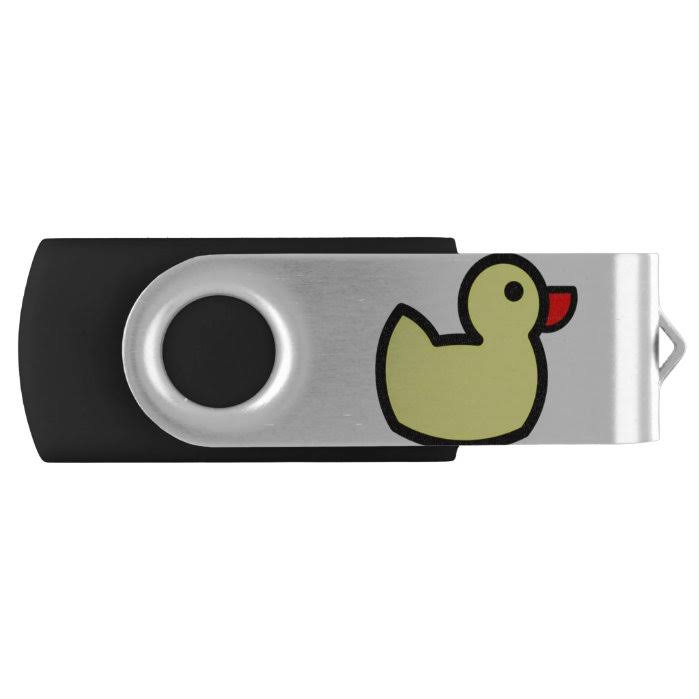Introduction
In the world of cybersecurity and ethical hacking, tools that can efficiently assess the vulnerabilities of computer systems and networks are invaluable. One such tool that has gained popularity among security professionals is the USB Rubber Ducky. This unassuming device, resembling a regular USB flash drive, holds the potential to execute powerful and automated keystroke sequences, making it an essential asset for penetration testing and security assessments.
What is the USB Rubber Ducky?
The USB Rubber Ducky is a specialized keystroke injection tool designed to mimic a keyboard when connected to a computer. Developed by Hak5, this compact and inconspicuous device allows security professionals to automate and execute pre-programmed keystroke sequences on a target machine rapidly. To the operating system, it appears as a human typing on a keyboard, enabling it to bypass certain security measures.
How Does it Work?
The USB Rubber Ducky takes advantage of the inherent trust that computer systems place in human input devices like keyboards. When plugged into a computer’s USB port, it rapidly types and executes the predefined keystroke payload stored on the device. These payloads can be easily customized to suit various scenarios and objectives.
The Rubber Ducky utilizes simple scripting commands in a language known as Ducky Script. Programmers can write these scripts to perform a range of actions, including opening applications, executing commands, downloading files, and more. Due to its flexibility and adaptability, the USB Rubber Ducky has become a powerful tool for security professionals to test and enhance the security of systems they are responsible for.
Use Cases and Applications
1. Penetration Testing: Ethical hackers and security professionals use the USB Rubber Ducky to simulate real-world attack scenarios. By exploiting the trust granted to human input devices, they can evaluate the system’s security and identify potential weaknesses.
2. Password Recovery: In situations where users forget their passwords, the USB Rubber Ducky can be employed to automate the process of resetting or recovering passwords, under controlled and authorized circumstances.
3. Social Engineering Assessments: The Rubber Ducky can be used to automate social engineering attacks, where it can interact with the target system in a way that convinces the user to reveal sensitive information or perform certain actions unknowingly.
4. Physical Access Testing: For organizations concerned about the risks of unauthorized physical access to their systems, the USB Rubber Ducky can be utilized to test how well the system withstands such attempts.
Legal and Ethical Considerations
While the USB Rubber Ducky is a powerful tool for security professionals, it’s essential to emphasize that its use should strictly adhere to legal and ethical guidelines. Unauthorized use of the device on systems or networks you do not own or lack explicit permission to assess is illegal and can lead to severe consequences.
Conclusion
The USB Rubber Ducky has emerged as a game-changing tool in the realm of cybersecurity. Its ability to mimic a keyboard and automate complex keystroke sequences makes it an indispensable asset for ethical hackers and security professionals conducting penetration testing and security assessments. As the cybersecurity landscape continues to evolve, this unassuming little device will undoubtedly play a vital role in safeguarding digital systems from potential threats and attacks. However, it’s crucial to remember that responsible and ethical use is paramount to ensure that its benefits are leveraged while avoiding any misuse or illegal activities.
